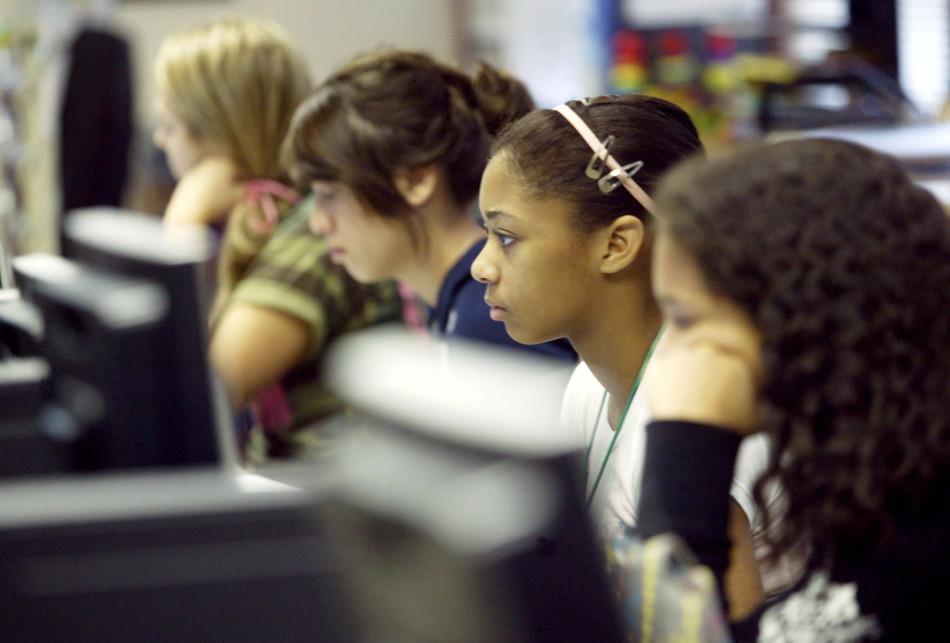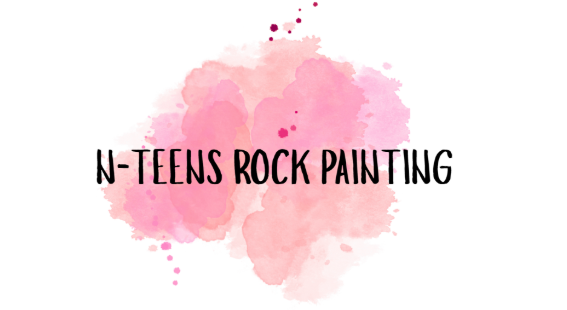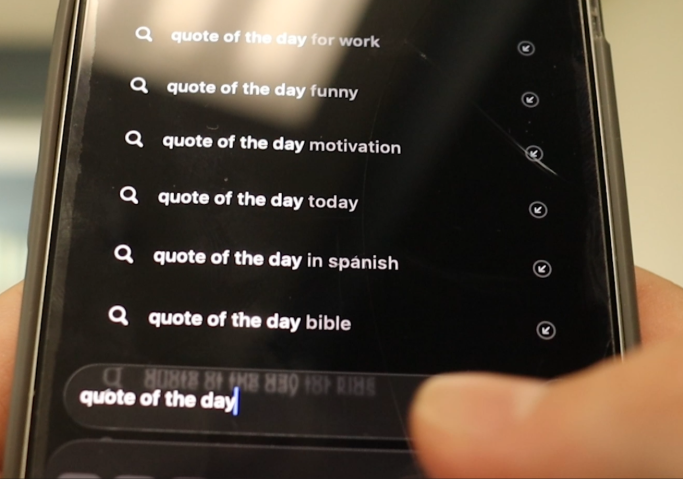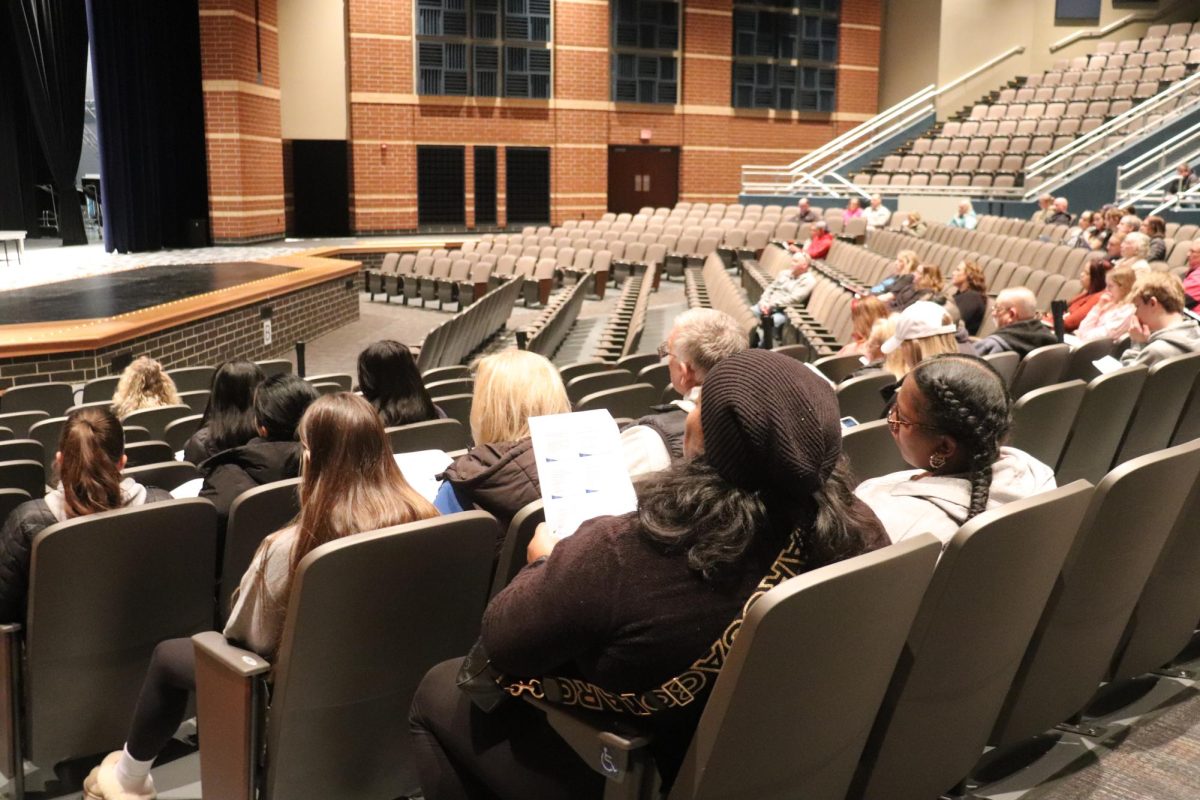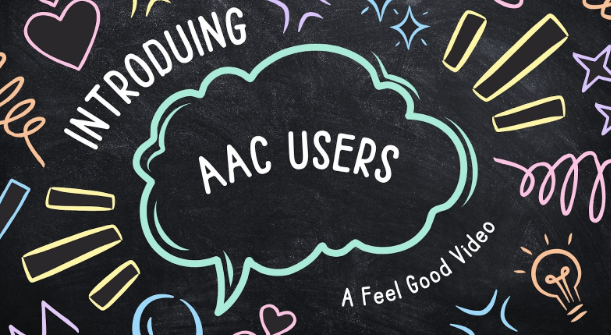As much as social media and other tools for communication are meant to bring people together, all too frequently it does the opposite.
The overload of posts, tweets, photos and updates distributed on a daily basis leave little to the imagination concerning people’s lives. Constant communication can cause too much togetherness, causing conflict, which develops into an offense that is familiar for too many teenagers– cyberbullying.
According to the Center for Disease Control 2014, 6 percent of high school students in the U.S. reported on being bullied at school in the past year, and 14.8 percent reported being bullied online. A statistic is representative but does not reflect emotional turmoil a victim may face.
As the dependence on technology increases, the abuse becomes more prevalent. Although the bullying is conducted through a screen, the consequences are real. According to Lake Central’s Indian Guide, the consequences for cyberbullying are “disciplinary action including suspension and/or request for expulsion, counseling and follow-up counseling or other support services and education for the students involved, and referral to law enforcement.”
As the growth of online communication evolves, the awareness of cyberbullying and its effects runs alongside it.



